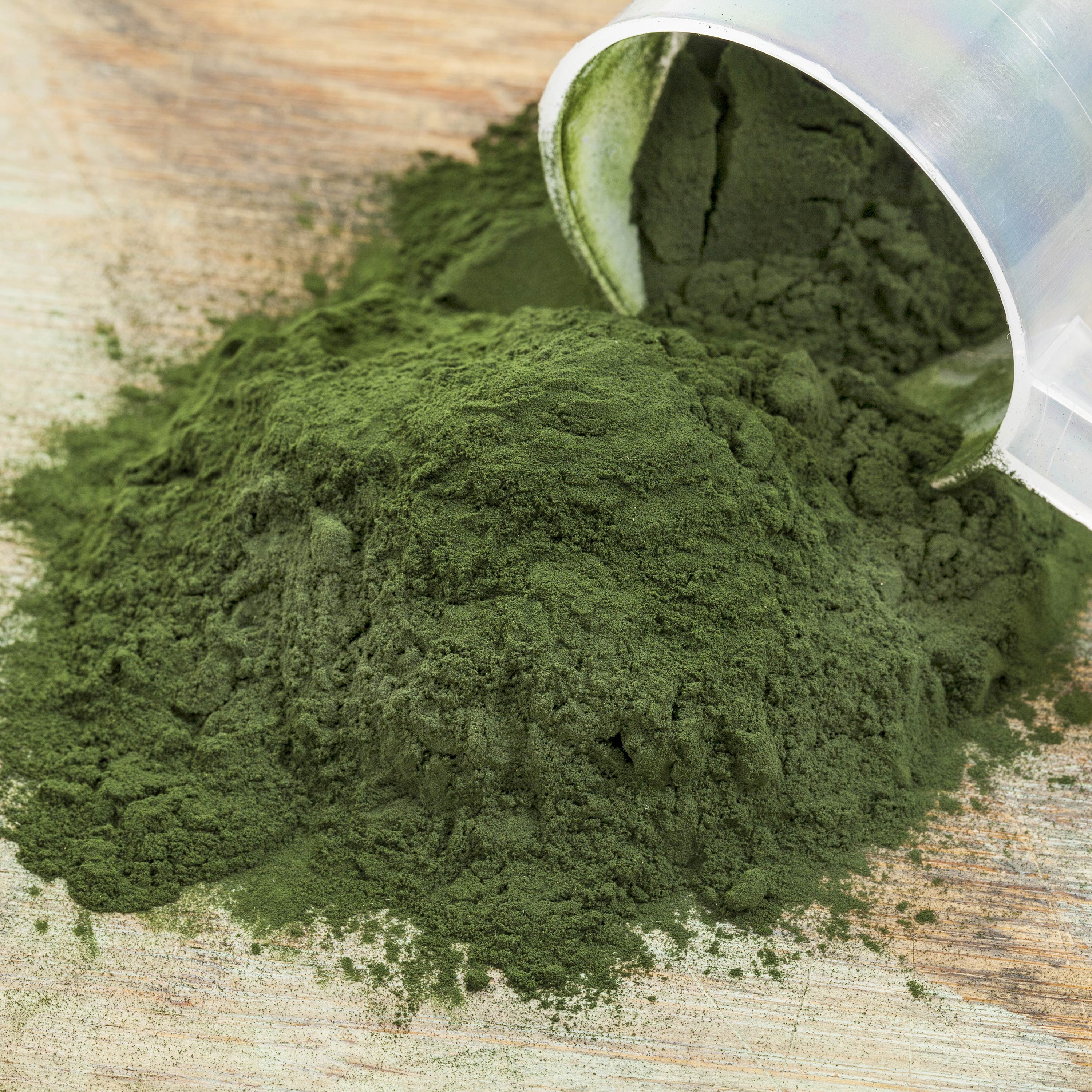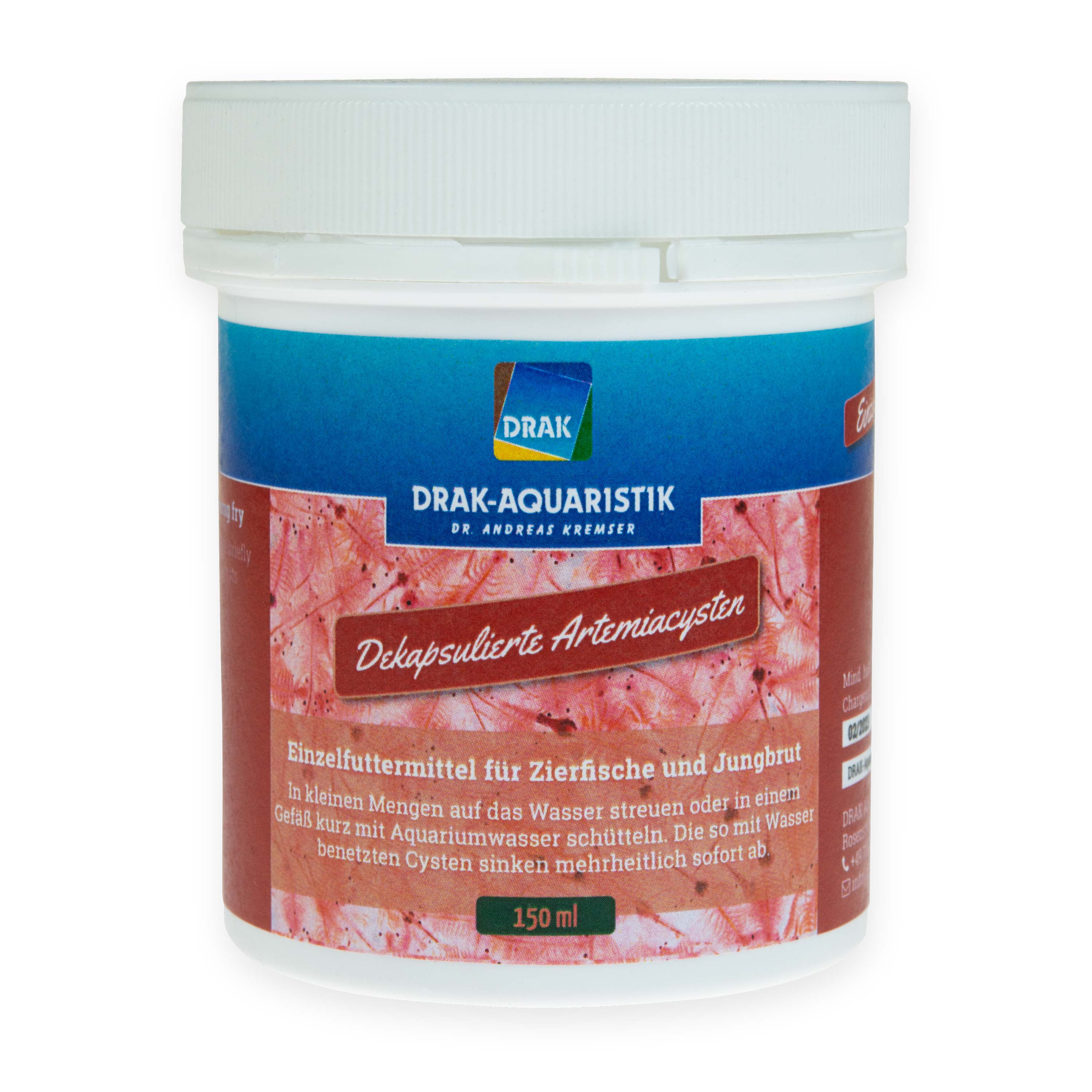Breeding report for Parotocinclus maculicauda
Recently published report from around 2000 on the extensive spread of Parotocinclus maculicauda
Blog Parotocinclus, Aufzucht, Vermehrung, breeding, reproduction
Because I'm sorting and archiving old records, the following report (~ 2000) on the extensive reproduction of Parotocinclus maculicauda, which is already a few years old, fell into my hands. Since I still consider it to be up-to-date and helpful, there is now a revised new edition:
Parotocinclus maculicauda (STEINDACHNER, 1877)
Family: Loricariidae (loricariid catfish)
Subfamily: Hypoptopomatinae
Sex differences: Clearly red fin tips at the males ?
The two sister genera Otocinclus and Parotocinclus (→ like Otocinclus) differ among other things by the presence of an Adipose in Parotocinclus.
Housing conditions
Clear water conditions: pH 6.0 - 6.3 / KH/GH ~ 1 °dH / Temp. 24 - 26 °C
Feeding
In addition to the algae present in the tank, almost everything that is available in the kitchen in vegetables:
raw potatoes, broccoli, all kinds of cabbage, zucchini, cucumbers, salad, paprika, carrots (I haven't tried eggplants yet, as well as fruit, because I'm afraid of a too big mess in the basin).
The Sturisoma sp. present in the same tank share this food with the P. maculicauda. In contrast, I have never seen the Otocinclus affinis or vittatus eat anything other than algae.
“Harvesting”
Under these conditions, one often finds single, approx. 2 mm large, translucent, yellow-green eggs on the underside of larger plant leaves. The already hatched larvae also like to suck on the aquarium glass panes just below the water level and can easily be collected with a cuvette or something similar and transferred like the eggs into a small breeding tank with the same water values.
However, I could never find more than 5 - 6 eggs or freshly hatched larvae at once.
Breeding
In this small (approx. 10 - 15 l) tank without substrate, densely filled with free floating java moss and java fern, approx. 5 juvenile apple snails are used (important!) to eliminate the excess food (since Ampullaria may no longer be traded and reproduced in the EU, it is now necessary to resort to other snails). Post horn snails and other species with similar requirements are probably the best choice). Heating takes place at approx. 25 °C, a small air-lift filter ensures the circulation. The larvae are fed alternately 3 - 5 days after hatching and at least 5 - 6 times a day (spread only on the surface):
- a small tip of a knife decapsulated artemia nauplii
- a pinch of finely powdered juvenile fish feed
- a pinch of a finely powdered mixture of:
- spirulina
- 1 yeast tablet (health food store)
- 4 - 5 small catfish tablets and
- approx. 10 sticks raising trout food
- possibly a half algae wafer of a catfish or shrimp food
Alone with food tablets, infusoria, “Protogen” granules, brewed salad or similar, the fish starved to death with visibly empty stomachs approx. 10 - 12 days after hatching.
Without the snails, so much food remains with the small number of young fish that it spoils (the young must stand in the food so that they find enough). An active search for food obviously does not take place). The young that eat spoiled food usually do not survive either.
However, if you feed as described above, you can bring almost 100% of the young to a size of 2 - 3 cm (you can see through the abdominal wall what the young have ate. Golden: Artemia nauplii, green: Spirulina mixture). From here on further breeding is relatively unproblematic. Now it is recommended to start with the additional feeding of vegetables. In the beginning just very carefully and little because of the strong water load in the small basin!
The young catfish can be observed well then, because they prefer to suck on the glass panes.
Since there were no other inhabitants in this basin apart from approx. 10 young catfish and the 5 medium sized snails, it was sufficient to change approx. 30 % water twice a week, whereby at first water was used from a retracted basin with the same water values.



